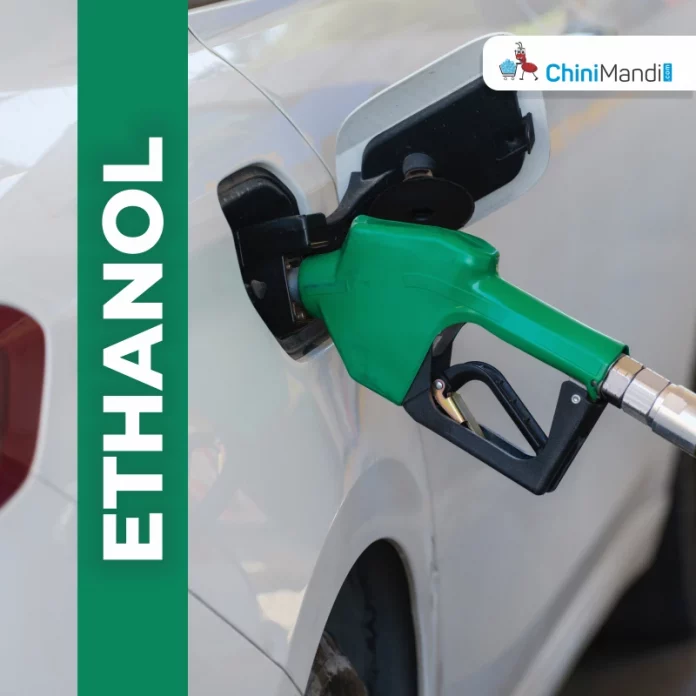What if you could drive a car that runs on sugarcane instead of gasoline? This may sound like a fantasy, but it is actually a possibility with ethanol and battery powered hybrid vehicles (EBHVs). These vehicles combine an ethanol engine with an electric motor and a battery, allowing them to switch between ethanol and electricity as needed. They could offer a range of benefits for the sugar industry, the environment, and the transportation sector. But they also face some challenges and limitations. Let’s take a closer look.
A Boon for the Sugar Industry
The sugar industry often struggles with unstable markets and low prices. EBHVs could provide a steady and lucrative market for ethanol, which is made from sugarcane or its by-products. This could increase the income and cash flow of sugar mills and farmers, and reduce the problem of excess sugar. Moreover, by using locally produced ethanol instead of imported oil, EBHVs could improve energy security and independence for countries like India, a major sugar producer.
A Win for the Environment
EBHVs are not only good for the economy, but also for the planet. Compared to gasoline vehicles, EBHVs produce much less carbon dioxide and other pollutants. This is because they use cleaner-burning ethanol and emission-free electric power. Also, by using a renewable fuel source like ethanol, EBHVs cut down on fossil fuel consumption, and the greenhouse gas emissions that come with it. This means cleaner air, better health, and a step towards climate action.
A Challenge for the Future
While EBHVs have a bright future, they also have some hurdles to overcome. Firstly, they need a reliable and affordable supply of ethanol, which requires investments in efficient production and distribution infrastructure. Secondly, they need technological improvements in vehicles and infrastructure to optimize performance and efficiency. Thirdly, they need consumer awareness and acceptance, which requires educational initiatives and infrastructure development for ethanol pumps and standards. Lastly, they need supportive government policies and regulations to create a favorable environment for EBHVs to flourish.
India’s Sweet Experiment
India, a key player in the sugar industry, is actively pursuing the potential of EBHVs. Pilot programs are in progress, testing models like the Toyota Innova and Corolla that can run on ethanol or a blend of ethanol and petrol. The Indian government has also implemented policies like the National Biofuel Policy and the Ethanol Blended Petrol Programme to promote ethanol production and use. These efforts show India’s commitment to a greener future, and pave the way for wider adoption of EBHVs.
A SWOT Analysis
Before EBHVs can truly transform transportation, a thorough SWOT analysis is needed:
Strengths:
Lower carbon emissions than gasoline vehicles
Reduced fossil fuel dependence
Support for the rural economy and the agricultural sector
Longer driving range and shorter refueling times
Weaknesses:
Limited availability and affordability of ethanol
Technological advancements needed in vehicles and infrastructure
Consumer awareness and acceptance lacking
Regulatory and infrastructural barriers
Opportunities:
Existing hybrid vehicle technology and infrastructure
Growing demand for renewable energy sources
Government incentives and policies
Research collaboration to improve efficiency and performance
Threats:
Competition from established and emerging players in the EV market
Consumer resistance and skepticism
Volatility in ethanol price and availability
Environmental and social challenges of ethanol production
Disclaimer: The views and opinions expressed in the article by Dilip Patil, Managing Director of Samarth SSK Ltd., are solely his own.













Very important writing , need to future….high thinking power, scholarly article, inspiring ?